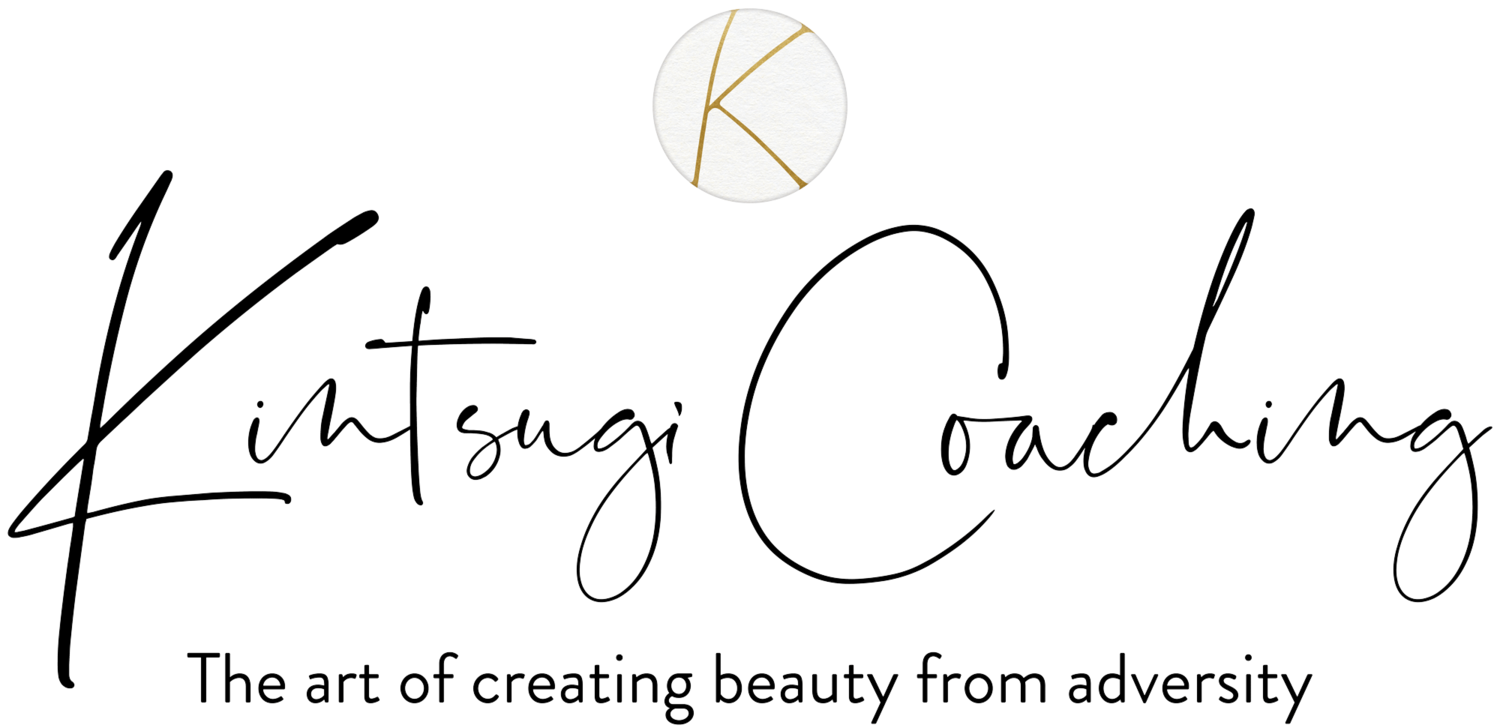Slow is the New Fast
“Life’s a banquet and most poor suckers are starving.”
~Mame
A number of years ago I read a little book titled, The Sound of a Wild Snail Eating. In it, the author tells the story of being struck by a mysterious condition that left her completely incapacitated, unable even to sit up. Early on, a friend brought her a terrarium that contained a resident snail. For a year, the author lay watching and listening to the snail, kept afloat by bearing witness to the small, slow creature as it went about its normally invisible life.
A SURPRISE STOP
This story came to mind recently when I found myself slowed by my own not-quite-so-terrible-but-still-really-crappy-condition for which I’ve been on a healing odyssey for almost six years. In June I had a wonderful run of four extraordinary days (“Wa-hoo! I’m healed!”) followed by a three-week-long depressing slump (“WTF?”). On one of the worst of these days, I spent eight hours sitting in a patio chair — slowed, you might say, to a snail’s pace.
At first, I sat and worried about not being able to work. But slowly the thinking stopped, my mind grew quiet and my senses heightened. I felt the warm breeze and listened to the trilling of finches. The scent of jasmine wafted over me and I opened my eyes to meet the quiet stare of a large buck picking his way up the hill. An unexpected peacefulness filled me and I had a visceral sense of being part of something much bigger and more valuable than any “work” I could ever do. And this profoundly beautiful experience arose from being slowed to a stop.
SLOW DOWN, YOU MOVE TOO FAST...
There are two kinds of stopping in life: voluntary and involuntary. Normally, we don’t stop until we are forced to: the heart attack or loss. We are creatures that seem to have to learn things the hard way. But whether it comes from within or without, there is a blessing that comes from stopping. When we stop, the rest of Life that we normally rush through comes into focus. We notice things we overlook, things we don’t stop to appreciate — until we slow down.
Slowing down invites the rest of the world back into our lives, a world we overlook in our haste and preoccupations. Having bought in so completely to the erroneous belief that busyness is a virtue, we've exchanged a deep, rich experience of life for a shallow facsimile, the result of which is a manic, over-stimulated, short attention-spanned, impatient, exhausted, ill, anxious and depressed culture.
But there’s good news: The speed at which we live our lives is a choice. You don't need to push yourself to your limits or wait for the enforced stop of a heart attack or adrenal fatigue or other major jolts to choose a deeper, richer, more satisfying life. You can stop voluntarily. This doesn’t mean dropping out of Life: it actually means dropping down into it. You can choose to live slowly.
SLOW LIVING
The Slow Living movement is a real thing. It's an alternative to the frenetic, surface life so many of us lead. Born from the Slow Food movement (which rejected the push of fast food culture and reminded us of the pleasures and benefits of real food), Slow Living is a move away from the fast-paced, low-quality, non-nourishing way we consume our days. It spells out a manifesto for returning to a more meaningful, peaceful, and balanced way of being — even in this fast-moving world. (You can read the philosophy and find some simple steps for slowing down here.)
If you’re tired of the non-stop, maybe it’s time to stop — before you are stopped. Ditch the phone and converse over coffee. Watch the snail. Sit on a rock and join the great happening. This ain’t a dress rehearsal, my friends. We get one shot, one time around, and none of us know how long the trip will take.
In the words of the late Pulitzer prize winning poet and lover of the natural world, Mary Oliver:
"What is it you plan to do with your one wild and precious life?”

